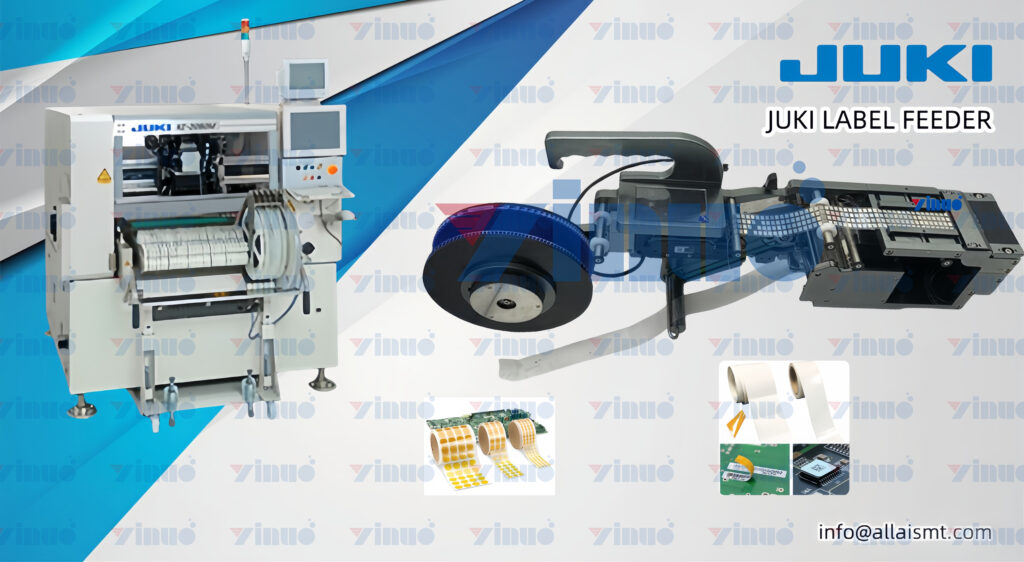Label Feeders: Ensuring the Consistency of Compliance Labels
In industries where regulatory standards are strict and non-compliance can lead to severe penalties, the accuracy and consistency of compliance labels are of utmost importance. Compliance labels provide essential information about products, including safety warnings, usage instructions, and legal compliance details. These labels must be clear, precise, and uniformly applied to meet regulatory requirements. Label feeders, automated devices used to apply labels accurately, play a crucial role in ensuring the consistency and reliability of compliance labels. This article explores how label feeders contribute to maintaining compliance and why they are essential in regulated industries.
The Importance of Compliance Labels
Compliance labels are mandatory in many industries, including pharmaceuticals, chemicals, food and beverage, and electronics. These labels contain critical information such as ingredient lists, safety precautions, handling instructions, and certification marks. In some cases, they also include traceability information, such as batch numbers or manufacturing dates, which are crucial for quality control and recall management.
Given the importance of compliance labels, any errors in their application can lead to non-compliance with industry regulations. This non-compliance can result in product recalls, legal action, fines, and damage to a company’s reputation. Therefore, ensuring the consistency and accuracy of these labels is not just a matter of quality control but also of regulatory necessity.
How Label Feeders Ensure Consistency
1. Precision Label Placement
Label feeders are designed to apply labels with high precision, ensuring that each label is placed in the exact location required by regulatory standards. This precision is critical for compliance labels, where even a slight misalignment can obscure important information or make the label difficult to read. Label feeders use advanced technology, such as sensors and automated positioning systems, to place labels accurately on every product, regardless of production volume.
2. Uniform Application Across All Products
In industries with high production volumes, maintaining uniformity in labeling is a significant challenge. Manual labeling processes can lead to inconsistencies, where some labels may be applied crookedly or with varying degrees of pressure. These inconsistencies can result in labels that are difficult to read or that wear off during handling and transportation.
Label feeders automate the labeling process, ensuring that each label is applied uniformly across all products. This uniformity is crucial for compliance labels, as it guarantees that all products meet the same high standards and that the necessary information is consistently conveyed to consumers and regulatory bodies.
3. Minimization of Human Error
Human error is a common cause of labeling inconsistencies. Even skilled workers can make mistakes, especially when working under pressure or handling large volumes of products. Errors such as misaligned labels, incorrect label placement, or the use of the wrong labels can lead to non-compliance and associated penalties.
Label feeders minimize the risk of human error by automating the labeling process. Once the feeder is set up, it can consistently apply the correct labels in the correct position, without the need for continuous human oversight. This automation not only improves the consistency of compliance labels but also frees up workers to focus on other tasks, enhancing overall productivity.
4. Adaptability to Various Label Types and Sizes
Compliance labels can vary in size, shape, and material, depending on the industry and specific regulatory requirements. Label feeders are highly adaptable, capable of handling a wide range of label types and sizes. This adaptability ensures that even complex or irregularly shaped compliance labels are applied accurately and consistently.
Advanced label feeders can be programmed to adjust to different product dimensions and label specifications, allowing for seamless transitions between different labeling requirements. This flexibility is particularly valuable in industries where products must comply with multiple regulations, each requiring different types of labels.
5. Traceability and Quality Control
In many regulated industries, traceability is a critical component of compliance. Label feeders can be integrated with traceability systems, such as barcode scanners or RFID technology, to ensure that each product is labeled correctly and that the label information is recorded for future reference. This integration enhances quality control by enabling real-time tracking of labeled products and providing data for audits and inspections.
By ensuring that each compliance label is correctly applied and recorded, label feeders contribute to a robust traceability system that supports regulatory compliance and facilitates efficient recall management if necessary.
Conclusion
Label feeders play a vital role in ensuring the consistency and accuracy of compliance labels in regulated industries. By automating the labeling process, these devices reduce human error, enhance precision, and maintain uniformity across all products. Their adaptability to different label types and sizes, coupled with their ability to integrate with traceability systems, makes them an indispensable tool for companies committed to meeting regulatory standards and maintaining product quality. In a world where compliance is non-negotiable, label feeders offer a reliable solution for ensuring that every product meets the necessary labeling requirements.


